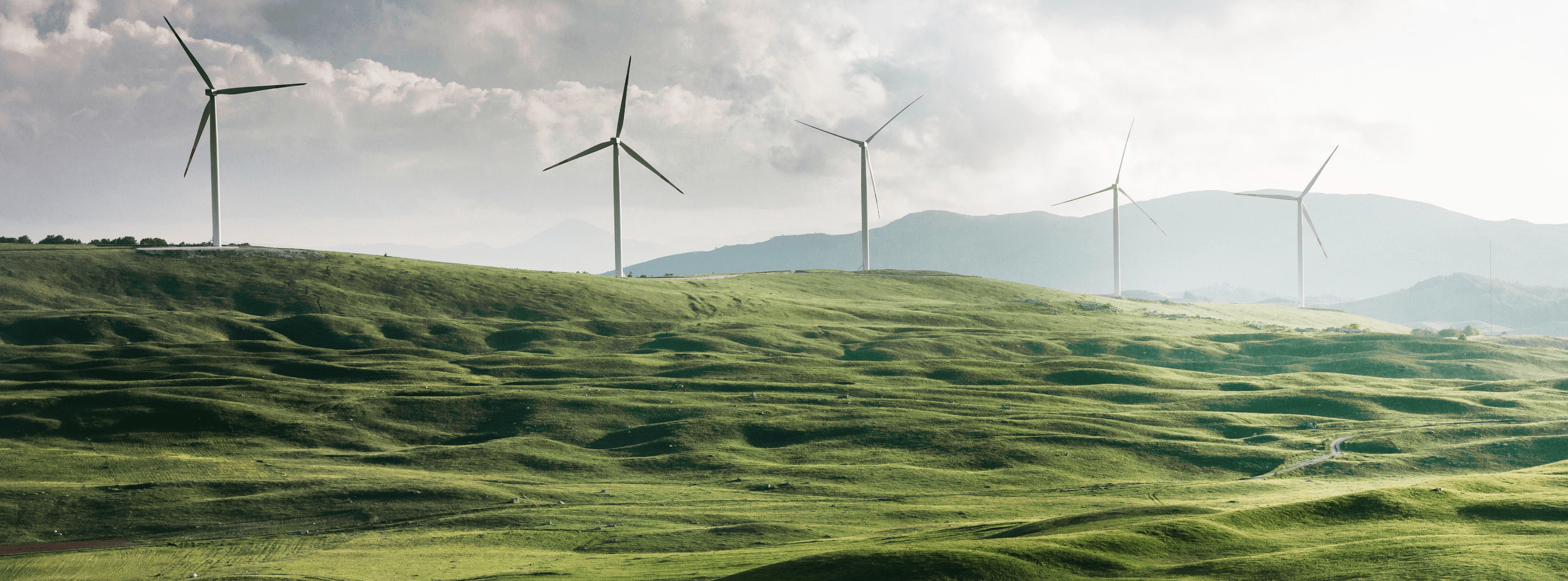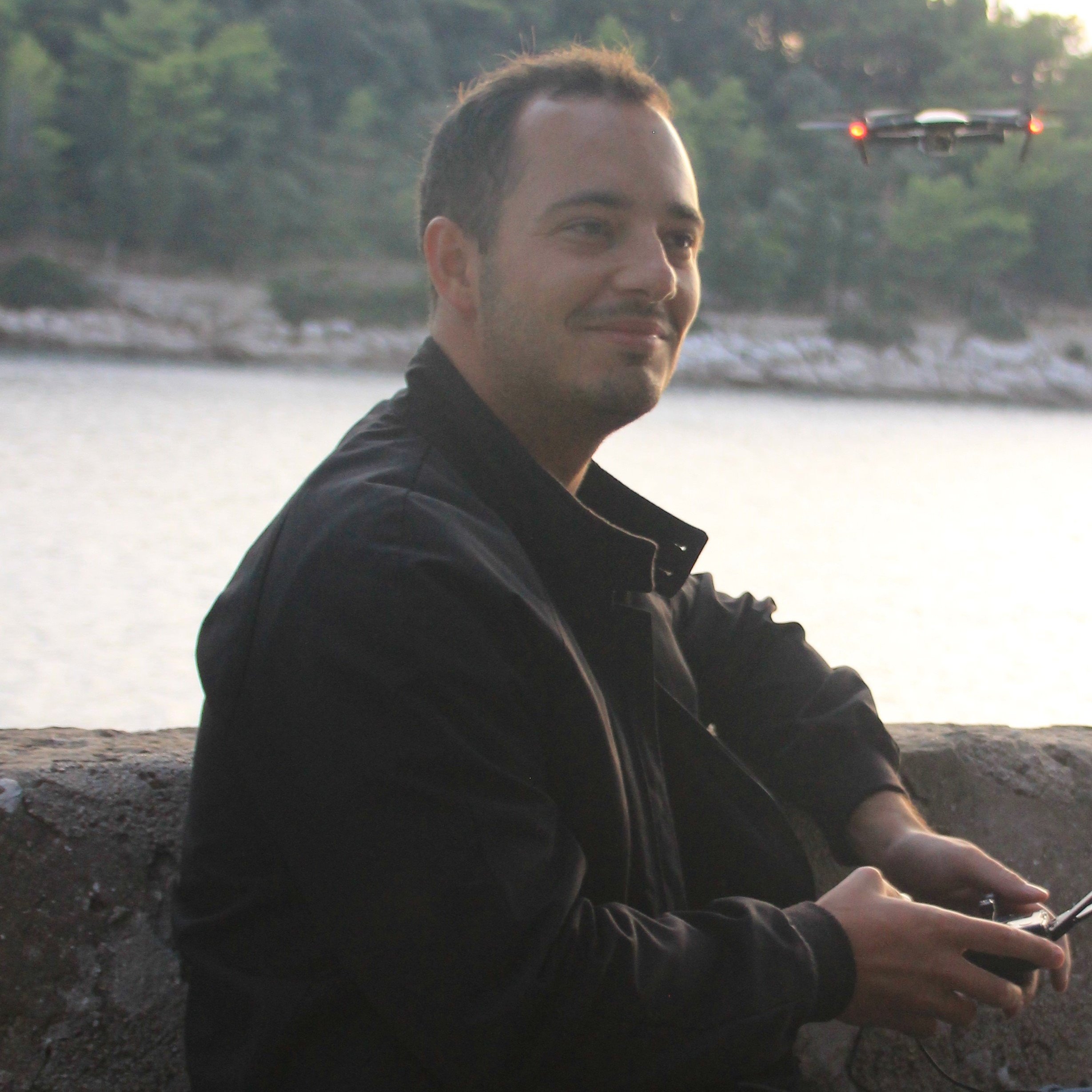Since their inception, wind turbines have had accepted lifecycles. After a couple of decades, they tend to fall into a state of disrepair and the expense of fixing them isn’t so different from starting again from scratch.
This cycle inevitably means energy companies and wind farm operators have serious business decisions to make further down the line. Decommissioning or conducting major renovations are expensive paths to go down. Equally, continuing to run a turbine that’s operating below peak performance can be costly and inefficient.
It’s become clear that the best way to approach these challenges is to ensure wind turbines are regularly inspected and maintained for as long as they are in operation.
Now, smarter inspection methods are extending the expected lifespan of turbines and providing wind farm operators with easier access to information about the physical condition of their infrastructure.
Wind turbines and their component parts should be inspected at multiple stages across their lifespan. Right the way through from manufacturing and assembly to assessing performance in the field, damage investigations, and end of warranty checks.
Inspections have moved on
For many years inspection crews relied on simple tools to get a closer look at turbines: binoculars, ropes, high-definition ground cameras. But these approaches all have drawbacks, which range from poor accuracy to safety fears and hours of expensive downtime.
More recently drones have come onto the scene, offering a dynamic, safe and efficient way to inspect many of a wind turbine’s vital components. The adoption of the technology has coincided with the realization from operators that proactive inspections are the best way to identify damage and maintain equipment in the long run.
The largest driver of costs in a wind service contract? Technical failures involving major components. These include the blade, the gearbox and the generator. Because they can be inspected without too much trouble, are constantly exposed to the elements and are a frequent point of failure, it makes sense that the rotor blades are frequently inspected.
As with any form of proactive industrial inspection, the regularity depends on a delicate balancing act of budget and appetite for risk. Frequent inspections can be expensive, particularly when you’re operating a large wind farm. But they are arguably still cheaper than the cost of a catastrophic failure.
Why drones have a big part to play in the future of wind turbine inspection
Wind turbine blade inspection using drones is one obvious way to approach that challenge. A drone can fly around a turbine and gather high-definition photos and videos of blades in a matter of minutes.
Flight paths can be preset and missions can be flown at regular intervals. This gives operators the ability to gather information as part of a repeatable process, building a picture over time, not just in the moment.
Engineers on the ground can use that data to make objective decisions on whether any damage is serious or superficial and take action from there.
As with any inspection task that would otherwise rely on rope teams, drones for wind turbine inspection offer a safer and faster alternative. Downtime is minimized and daily operations are interrupted for as short a time as possible.
It’s also possible to use drones equipped with thermal cameras to gather data on rotor blade condition. Thermal imaging can offer a visualization of temperature across large areas for the sake of comparison between one turbine and another. Equally, defects, corrosion and damage that might otherwise be hidden can be spotted more easily.
If you’re interested in working with our skilled pilots and experienced team to carry out inspections on your wind assets, or want to learn more about the DroneBase Insights platform for Wind, check out our wind page.





.png?width=360&name=Banner%20Templates%20(6).png)